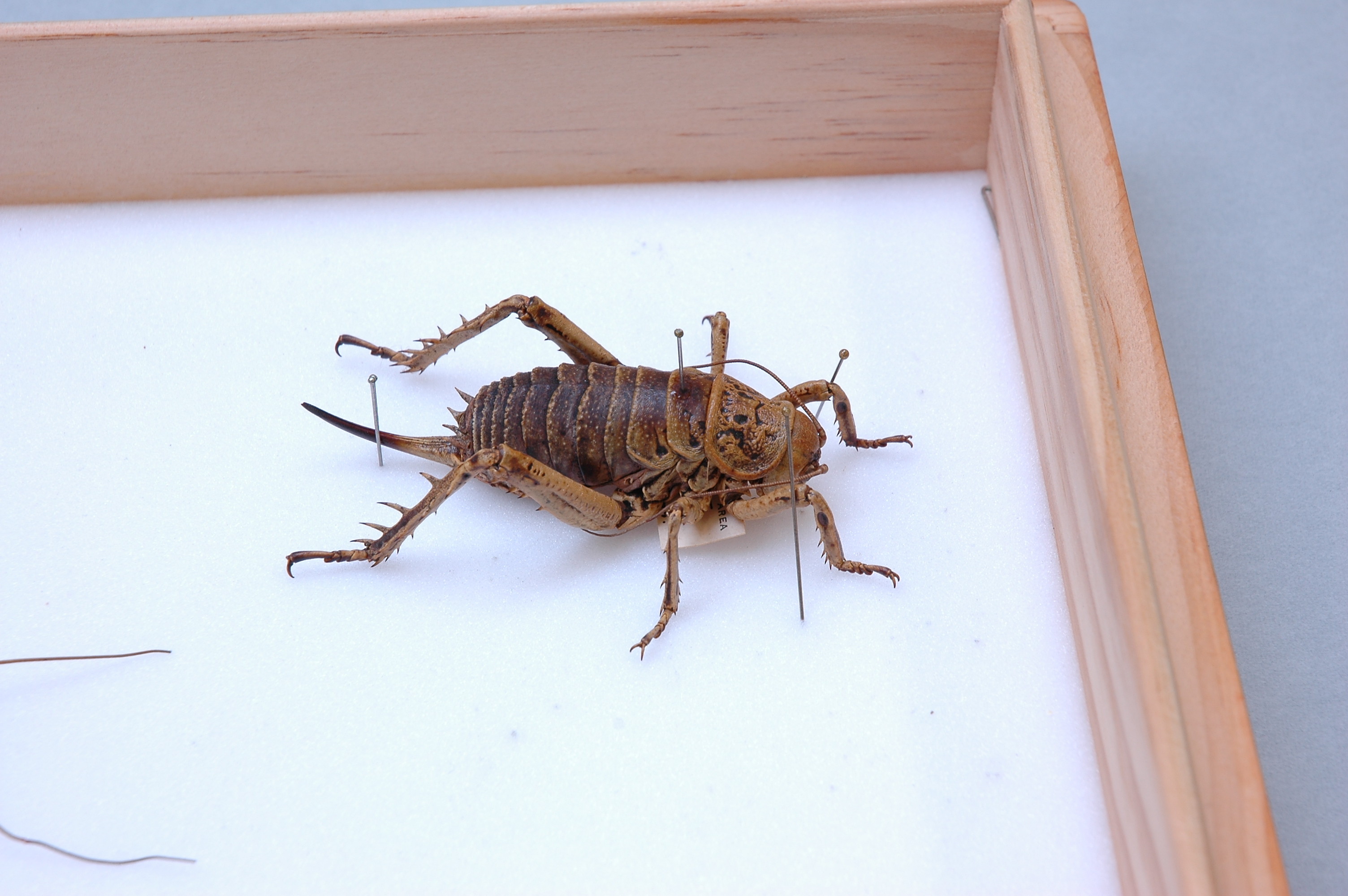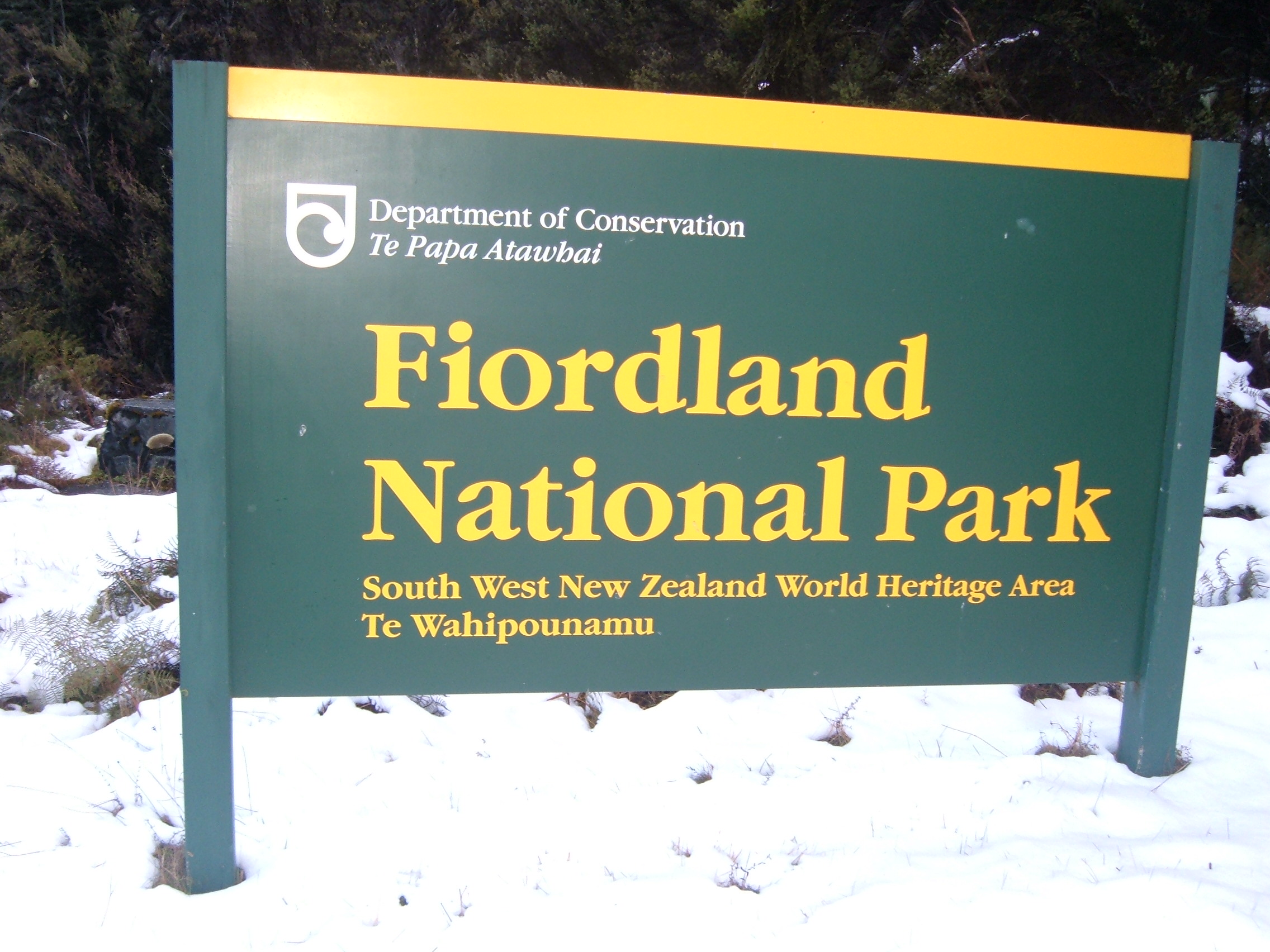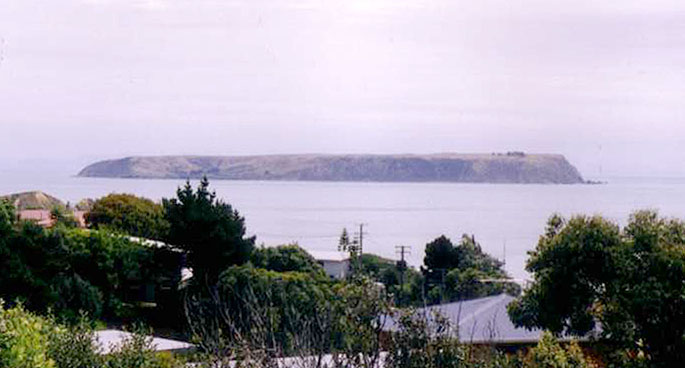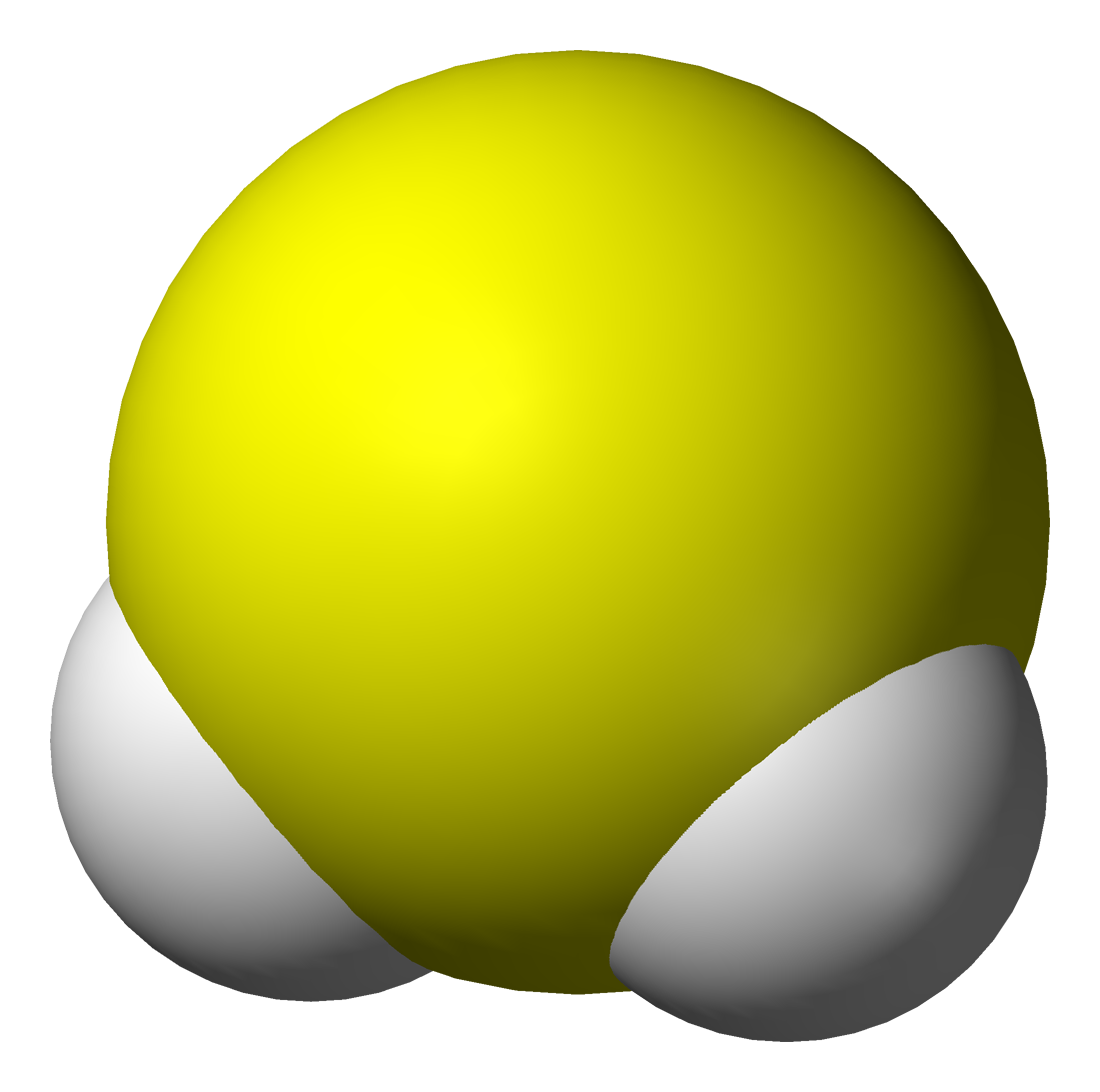|
Cook Strait Giant Wētā
''Deinacrida rugosa'', commonly called the Cook Strait giant wētā or Stephens Island wētā, is a species of insect in the Family (biology), family Anostostomatidae. The scientific name ''Deinacrida'' means "terrible grasshopper" and ''rugosa'' means "wrinkled". It is Endemism, endemic to New Zealand. Description The Cook Strait giant wētā is one of the List of largest insects, largest insects in the world, reaching up to long. The brownish-yellow body is bulky and heavily armoured, with the upper surface covered by a series of thickened, overlapping plates, which have black markings. Relative to the size of the head, the jaws are large, and the elongated hind legs have five or six large spines, and can be raised above the head in defence. The female is significantly larger than the male, and both sexes lack wings. [...More Info...] [...Related Items...] OR: [Wikipedia] [Google] [Baidu] |
Matiu / Somes Island
Matiu / Somes Island is the largest of three islands in the northern half of Wellington Harbour, New Zealand. The island is 24.9 hectares (62 acres) in area, and lies 3 kilometres (1.9 mi) south of the suburb of Petone and the mouth of the Hutt River. Matiu / Somes Island was used as a place of refuge by pre-colonial Māori. Middens and other remnants of habitation have been found on the island. There is also a long and varied European history. The island was used for human quarantine from 1840 until the 1920s. Ships arriving in Wellington Harbour with infectious passengers or crew would disembark them at Matiu / Somes Island for care and treatment before berthing in the city. During both World War I and World War II, "enemy aliens", including long-term residents of New Zealand who originated from enemy countries, were interned on the island. Anti-aircraft gun emplacements were also built on the island during World War II and their remains can be seen today. The island was u ... [...More Info...] [...Related Items...] OR: [Wikipedia] [Google] [Baidu] |
Cassinia Leptophylla
''Cassinia'' is a genus of about fifty-two species of flowering plants in the family Asteraceae that are native to Australia and New Zealand. Plants in the genus ''Cassinia'' are shrubs, sometimes small trees with leaves arranged alternately, and heads of white, cream-coloured, yellow or pinkish flowers surrounded by several rows of bracts. Description Plants in the genus ''Cassinia'' are shrubs or small trees, sometimes with sticky foliage. The leaves are arranged alternately, the edges flat to strongly rolled under, and the flowers white to cream-coloured, yellow or pinkish, arranged in heads, the heads in cylindrical, top-shaped or bell-shaped corymbs. The heads are surrounded by several rows of usually erect, boat-shaped bracts. The florets are bisexual and cylindrical with five lobes and the cypselas are small and usually have a pappus of bristles. Taxonomy The genus ''Cassinia'' was first formally described in 1817 by Robert Brown in his book ''Observations on the Natu ... [...More Info...] [...Related Items...] OR: [Wikipedia] [Google] [Baidu] |
Insects Described In 1871
Insects (from Latin ') are hexapod invertebrates of the class Insecta. They are the largest group within the arthropod phylum. Insects have a chitinous exoskeleton, a three-part body (head, thorax and abdomen), three pairs of jointed legs, compound eyes, and a pair of antennae. Insects are the most diverse group of animals, with more than a million described species; they represent more than half of all animal species. The insect nervous system consists of a brain and a ventral nerve cord. Most insects reproduce by laying eggs. Insects breathe air through a system of paired openings along their sides, connected to small tubes that take air directly to the tissues. The blood therefore does not carry oxygen; it is only partly contained in vessels, and some circulates in an open hemocoel. Insect vision is mainly through their compound eyes, with additional small ocelli. Many insects can hear, using tympanal organs, which may be on the legs or other parts of the body. Th ... [...More Info...] [...Related Items...] OR: [Wikipedia] [Google] [Baidu] |
Wētā
Wētā (also spelled weta in English) is the common name for a group of about 100 insect species in the families Anostostomatidae and Rhaphidophoridae endemism, endemic to New Zealand. They are giant wingless insect, flightless cricket (insect), crickets, and some are among the List of largest insects, heaviest insects in the world. Generally nocturnality, nocturnal, most small species are carnivores and scavengers while the larger species are herbivore, herbivorous. Although some List of endemic birds of New Zealand, endemic birds (and tuatara) likely prey on them, wētā are disproportionately preyed upon by introduced mammals, and some species are now critically endangered. Name Wētā is a loanword, from the Māori language, Māori-language word , which refers to this whole group of large insects; some types of wētā have a specific Māori name. In New Zealand English, it is spelled either "weta" or "wētā". The form with Macron (diacritic), macrons is increasingly com ... [...More Info...] [...Related Items...] OR: [Wikipedia] [Google] [Baidu] |
Department Of Conservation (New Zealand)
The Department of Conservation (DOC; Māori language, Māori: ''Te Papa Atawhai'') is the public service department of New Zealand charged with the conservation of New Zealand's natural and historical heritage. An advisory body, the New Zealand Conservation Authority, New Zealand Conservation Authority (NZCA) is provided to advise DOC and its ministers. In addition there are 15 conservation boards for different areas around the country that provide for interaction between DOC and the public. Functions and history Overview The department was formed on 1 April 1987, as one of several reforms of the public service, when the ''Conservation Act 1987'' was passed to integrate some functions of the Department of Lands and Survey, the New Zealand Forest Service, Forest Service and the New Zealand Wildlife Service, Wildlife Service. This act also set out the majority of the department's responsibilities and roles. As a consequence of Conservation Act all Crown land in New Zealand ... [...More Info...] [...Related Items...] OR: [Wikipedia] [Google] [Baidu] |
Mana Island (New Zealand)
Mana Island is the smaller of two islands that lie off the southwest coast of the North Island of New Zealand (the larger is Kapiti Island). The name of the Island is an abbreviation of the Māori name ''Te Mana o Kupe'', which means "The Mana (Oceanian mythology), Mana of Kupe". Mana Island is a long, table, with cliffs along much of its coast and a plateau occupying much of the interior. It lies off the North Island coast in the Tasman Sea, west of the city of Porirua and south of the entrance to Porirua Harbour. In 2009, it was selected by the Global Restoration Network as one of New Zealand's top 25 sites for ecological restoration. Although a wildlife sanctuary, and thus with no permanent human population, the island is officially defined as a suburb of Porirua City. History Mana was settled by Māori people, Māori from the 14th century. In the early 1820s, the Ngāti Toa iwi, led by Te Rauparaha established bases on Mana. European occupation began 1830s with a wh ... [...More Info...] [...Related Items...] OR: [Wikipedia] [Google] [Baidu] |
MA I270175 TePapa Deinacrida-rugosa-Buller Full
Ma, MA, or mA may refer to: Academia * Master of Arts, a degree award * Marin Academy, a high school in San Rafael, California * Menlo-Atherton High School, a public high school in Atherton, California * Minnehaha Academy, a private high school in Minneapolis, Minnesota Arts and entertainment Music * ''Ma'' (Anjan Dutt album) (1998) * ''Ma'' (Rare Earth album) (1973) * ''Ma'' (Sagarika album) (1998) * ''Ma'' (Zubeen Garg album) (2019) * '' Ma! (He's Making Eyes at Me)'', 1974 debut album of Scottish singer Lena Zavaroni * Massive Attack, a British trip hop band * In music instructions, "but", especially in the phrase ''ma non troppo'' (see Glossary of musical terminology#M) * In tonic sol-fa, a flattened me * Encyclopaedia Metallum: The Metal Archives, a website devoted to heavy metal bands Fictional characters * Ma (''The Lion King''), a main character in the animated film ''Lion King 1½'' * Ma Beagle, in the Donald Duck universe * Ma Hunkel, a DC Comics charact ... [...More Info...] [...Related Items...] OR: [Wikipedia] [Google] [Baidu] |
Black Rat
The black rat (''Rattus rattus''), also known as the roof rat, ship rat, or house rat, is a common long-tailed rodent of the stereotypical rat genus ''Rattus'', in the subfamily Murinae. It likely originated in the Indian subcontinent, but is now found worldwide. The black rat is black to light brown in colour with a lighter underside. It is a generalist omnivore and a serious Pest (organism), pest to farmers because it feeds on a wide range of agricultural crops. It is sometimes kept as a pet. In parts of India, it is considered sacred and respected in the Karni Mata Temple in Deshnoke. Taxonomy ''Mus rattus'' was the scientific name proposed by Carl Linnaeus in 1758 for the black rat. Three subspecies were once recognized, but today are considered invalid and are now known to be actually Morph (zoology), color morphs: *''Rattus rattus rattus'' – roof rat *''Rattus rattus alexandrinus'' – Alexandrine rat *''Rattus rattus frugivorus'' – fruit rat Characteristics A ty ... [...More Info...] [...Related Items...] OR: [Wikipedia] [Google] [Baidu] |
Tuatara
The tuatara (''Sphenodon punctatus'') is a species of reptile endemic to New Zealand. Despite its close resemblance to lizards, it is actually the only extant member of a distinct lineage, the previously highly diverse order Rhynchocephalia. The name is derived from the Māori language and means "peaks on the back". The single extant species of tuatara is the only surviving member of its order, which was highly diverse during the Mesozoic era. Rhynchocephalians first appeared in the fossil record during the Triassic, around 240 million years ago, and reached worldwide distribution and peak diversity during the Jurassic, when they represented the world's dominant group of small reptiles. Rhynchocephalians declined during the Cretaceous, with their youngest records outside New Zealand dating to the Paleocene. Their closest living relatives are squamates (lizards and snakes). Tuatara are of interest for studying the evolution of reptiles. Tuatara are greenish brown an ... [...More Info...] [...Related Items...] OR: [Wikipedia] [Google] [Baidu] |
Fecal Pellet
Feces (also known as faeces or fæces; : faex) are the solid or semi-solid remains of food that was not digested in the small intestine, and has been broken down by bacteria in the large intestine. Feces contain a relatively small amount of metabolic waste products such as bacterially-altered bilirubin and dead epithelial cells from the lining of the gut. Feces are discharged through the anus or cloaca during defecation. Feces can be used as fertilizer or soil conditioner in agriculture. They can also be burned as fuel or dried and used for construction. Some medicinal uses have been found. In the case of human feces, fecal transplants or fecal bacteriotherapy are in use. Urine and feces together are called excreta. Characteristics The distinctive odor of feces is due to skatole, and thiols (sulfur-containing compounds), as well as amines and carboxylic acids. Skatole is produced from tryptophan via indoleacetic acid. Decarboxylation gives skatole. The perceived ... [...More Info...] [...Related Items...] OR: [Wikipedia] [Google] [Baidu] |
Zealandia (wildlife Sanctuary)
Zealandia Te Māra a Tāne, formerly known as the Karori Wildlife Sanctuary, is a protected natural area in Wellington, New Zealand, the first urban completely fenced ecosanctuary, where the biodiversity of 225 Hectare, ha (just under a square mile) of forest is being restored. The sanctuary was previously part of the water catchment area for Wellington, between Wrights Hill Fortress, Wrights Hill (bordering Karori) and the Brooklyn, Wellington, Brooklyn wind turbine on Polhill. Most of New Zealand's ecosystems have been severely modified by the introduction of land mammals that were not present during the evolution of its ecosystems, and have had a devastating impact on both native flora and fauna. The sanctuary, surrounded by a pest-exclusion fence, is a good example of an ecological island, which allows the original natural ecosystems to recover by minimising the impact of introduced flora and fauna. The sanctuary has become a significant tourist attraction in Wellington and ... [...More Info...] [...Related Items...] OR: [Wikipedia] [Google] [Baidu] |
Insect
Insects (from Latin ') are Hexapoda, hexapod invertebrates of the class (biology), class Insecta. They are the largest group within the arthropod phylum. Insects have a chitinous exoskeleton, a three-part body (Insect morphology#Head, head, Thorax (insect anatomy), thorax and abdomen (insect anatomy), abdomen), three pairs of jointed Arthropod leg, legs, compound eyes, and a pair of antenna (biology), antennae. Insects are the most diverse group of animals, with more than a million described species; they represent more than half of all animal species. The insect nervous system consists of a insect brain, brain and a ventral nerve cord. Most insects reproduce Oviparous, by laying eggs. Insects Respiratory system of insects, breathe air through a system of Spiracle (arthropods), paired openings along their sides, connected to Trachea#Invertebrates, small tubes that take air directly to the tissues. The blood therefore does not carry oxygen; it is only partly contained in ves ... [...More Info...] [...Related Items...] OR: [Wikipedia] [Google] [Baidu] |










